
Polish and Czech researchers investigate Arnau’s Tomb
Archaeological works are being carried out in the Crypt of the Collegiate Church of the Assumption of the Blessed Virgin Mary in Kłodzko as part of its renovation. A few days ago, researchers recovered the remains of Arnau of Pardubice (1297–1364), an eminent clergyman who is believed to have originated from Kłodzko.
Arnau studied at the universities of Padua and Bologna, and upon his return to Bohemia he became the first Archbishop of Prague, playing a significant political role in the region. Although he spent little time in Kłodzko, it was this town that he chose as his final resting place.
The aim of the work conducted by the Polish-Czech research team is to perform specialist analyses – including isotopic and DNA research – which may provide new information about the archbishop’s origins, diet, and appearance.
The tomb was last opened in 1881. Surviving accounts indicate that the remains were collected at that time and placed in a glass vessel, which was then deposited in a metal chest.
A few days ago, after exposing the stone slab of the crypt, archaeologists found a metal chest preserved together with its original nineteenth-century seals. Inside, they discovered human remains wrapped in textiles, probably silk, a glass container, as well as fragments of cloth and metal decorations.
The recovered elements suggest that during the Baroque period the remains may have been displayed, although it is difficult to establish when exactly they were reinterred. Additionally, the crypt contained numerous fragments of wood originating from a wooden coffin that has not survived in its entirety.
Once scientific analyses are complete, the archbishop’s remains will be reinterred in the same crypt.
Archaeological works on the Polish side were led by dr Paweł Duma (Institute of Archaeology of the University of Wrocław). On the Czech side, the project involves researchers from the University of Pardubice, the University of South Bohemia in České Budějovice, and anthropologists from the National Museum in Prague.
The aims and set of research methods designed by the Czech partners include, among others:
- physical anthropology – describing the condition of the recovered remains and determining basic anthropological parameters (sex, age, physical condition, injuries and traces of disease on the bones). The results are to be compared with known information about Arnau of Pardubice’s life and appearance;
- analysis of dietary isotopes to determine how the deceased’s diet reflects his belonging to the social elite or the ecclesiastical estate;
- analysis of origin (based on strontium isotopes) to identify place of origin (birthplace), for which several hypotheses exist;
- DNA analysis, primarily to determine further data on the appearance of the deceased (e.g. eye and hair colour);
- radiocarbon dating to determine the age of the remains, to be used particularly if earlier findings raise doubts concerning the remains’ identity;
- facial reconstruction of the deceased.
It is already known that some of these analyses cannot be carried out, as no bones from the skull have survived. There were no teeth either – the best material for performing certain specialist tests.
Among those who have already visited the excavation site are MEP Bogdan Zdrojewski, Speaker of the Sejm Monika Wielichowska, and the Mayor of Kłodzko, Michał Piszko. The project was made possible thanks to the support of many individuals and institutions in Kłodzko, and coordination on behalf of the parish was undertaken by Henryka Szczepanowska.

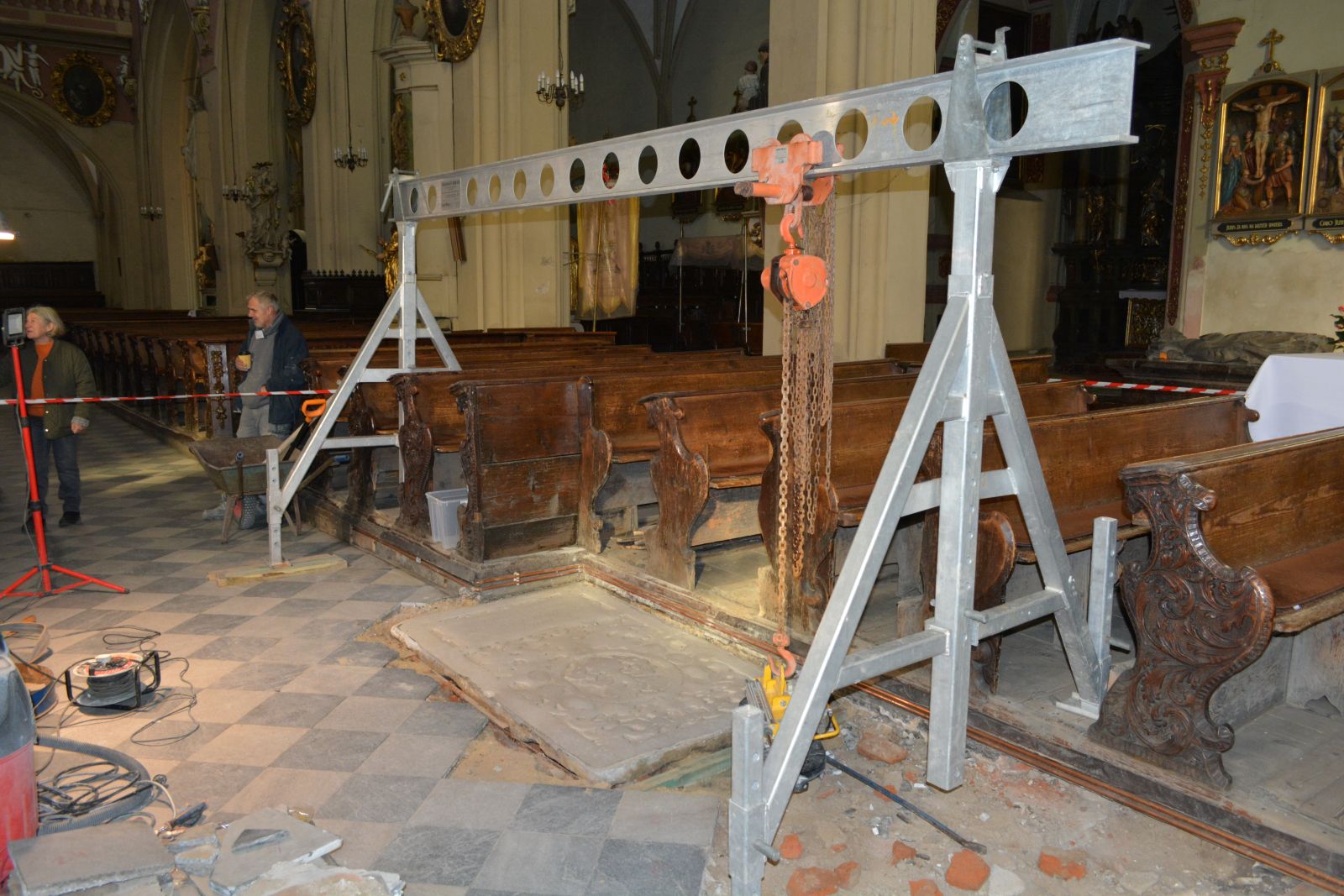
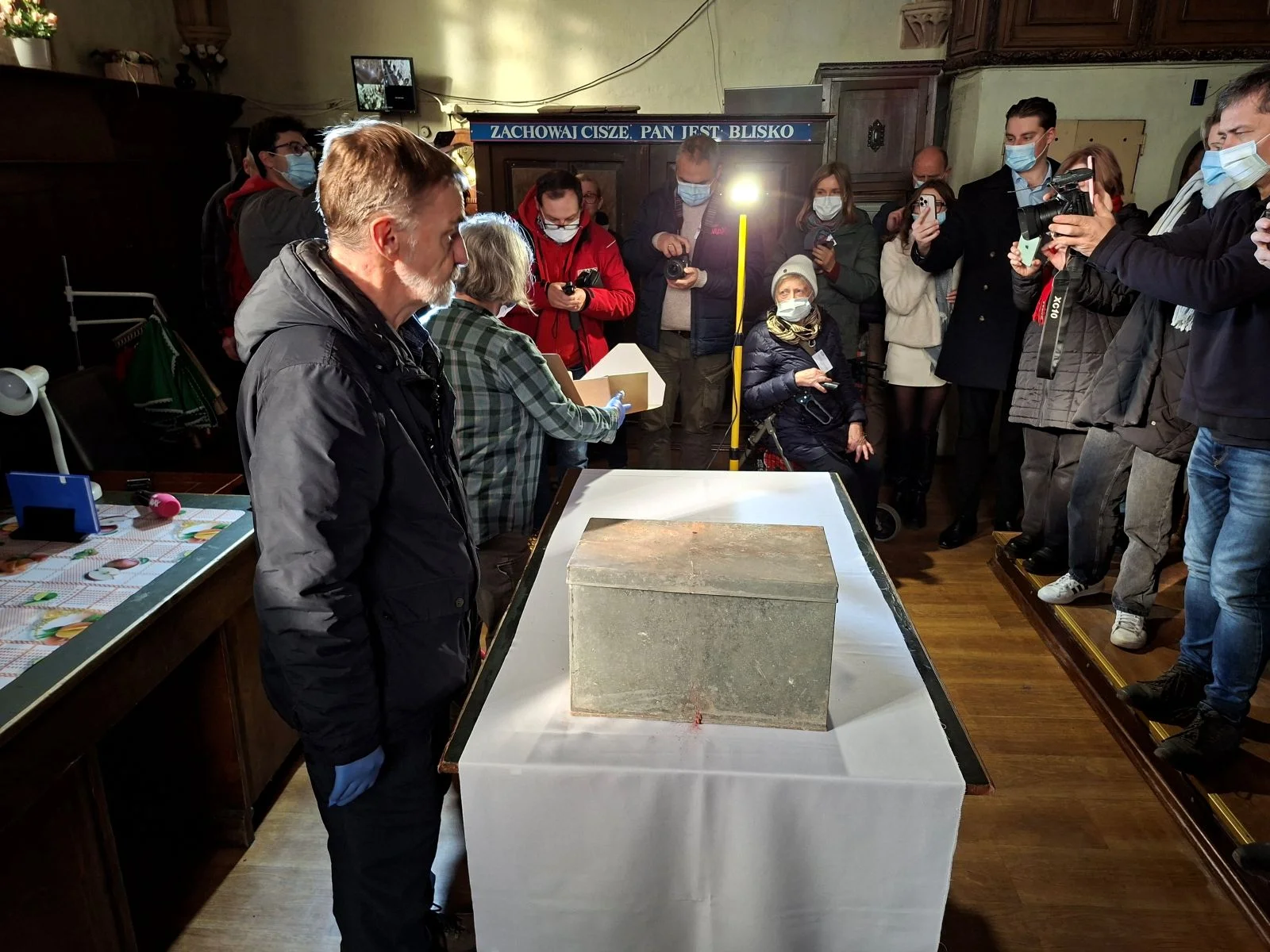
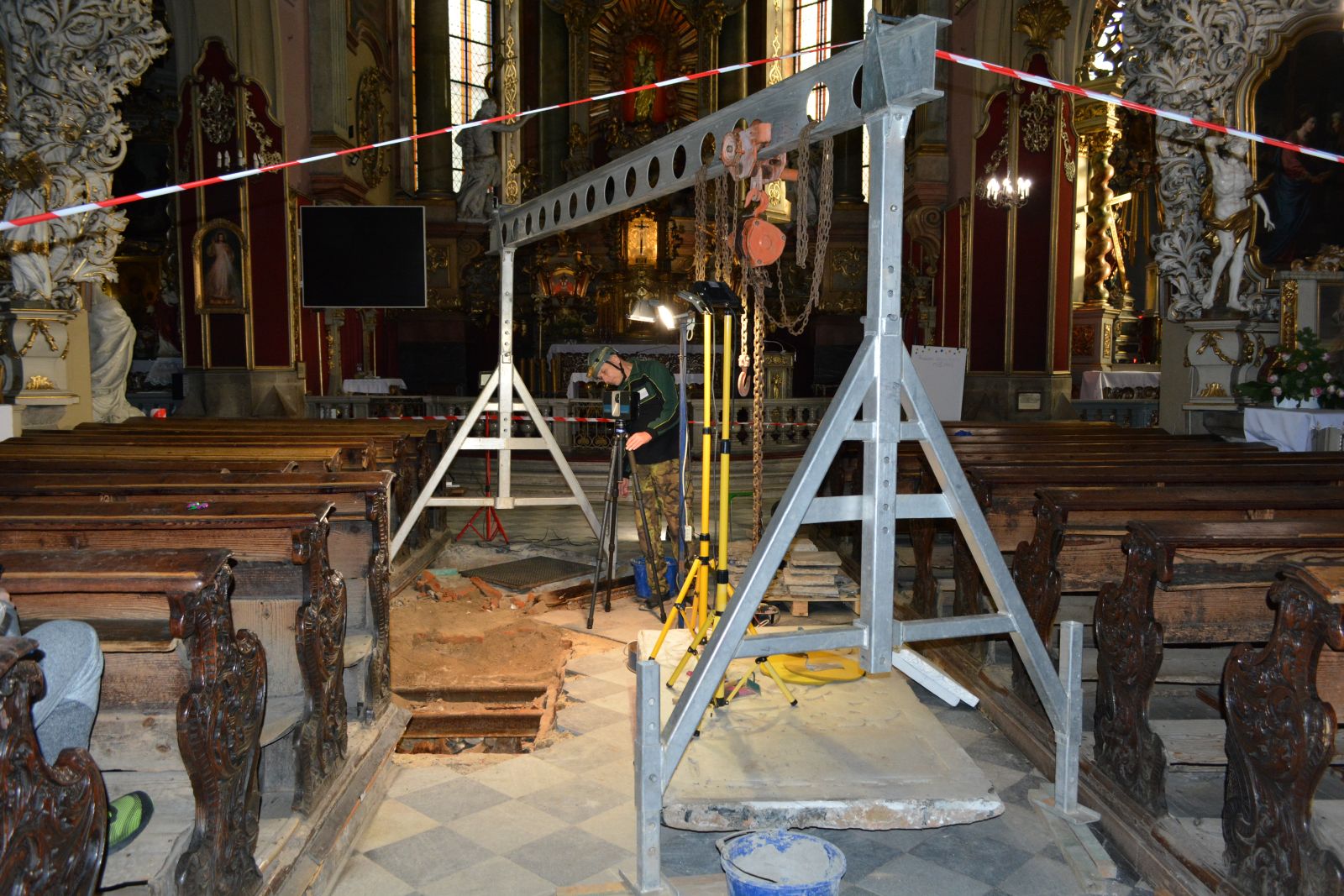
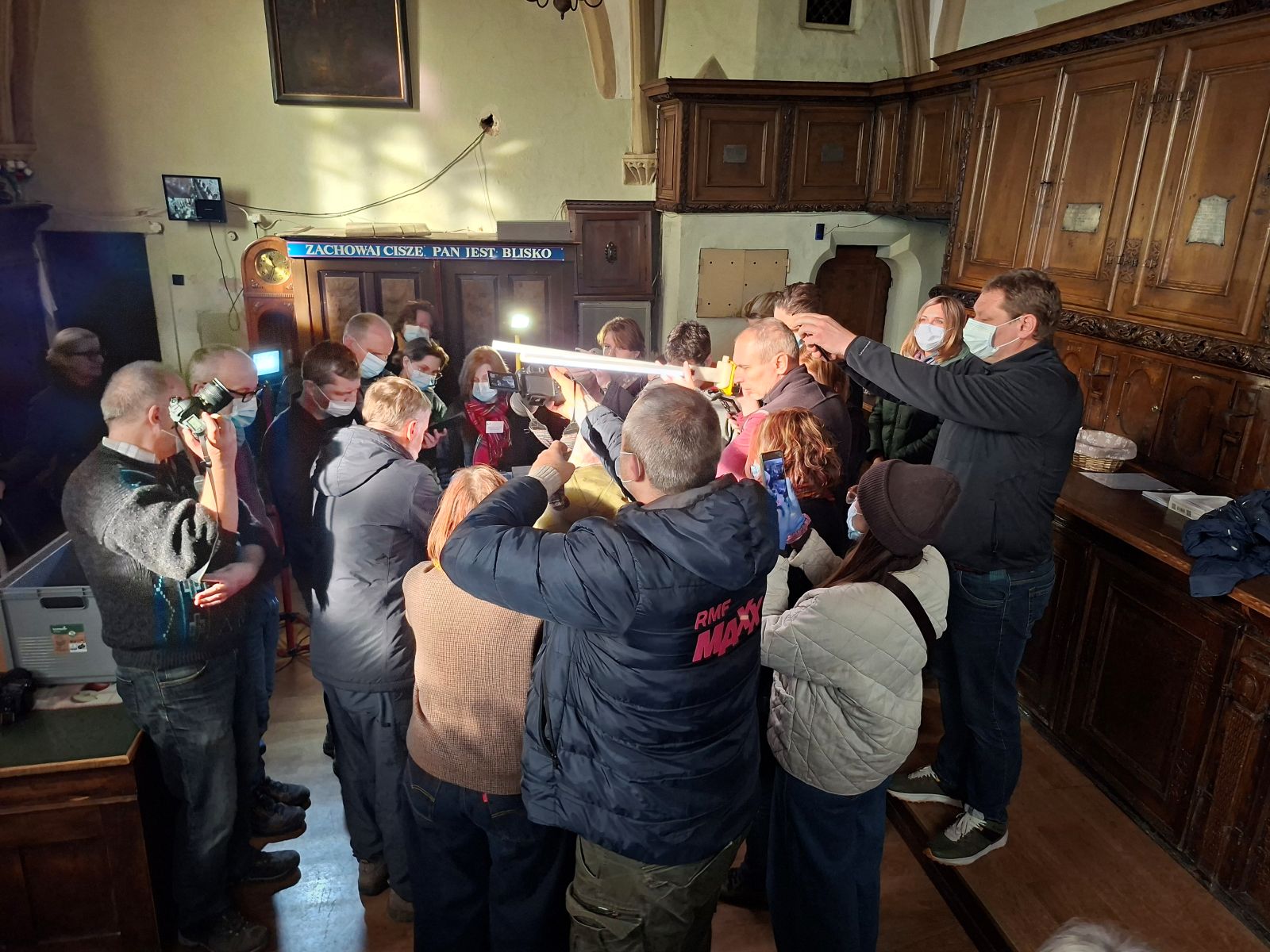
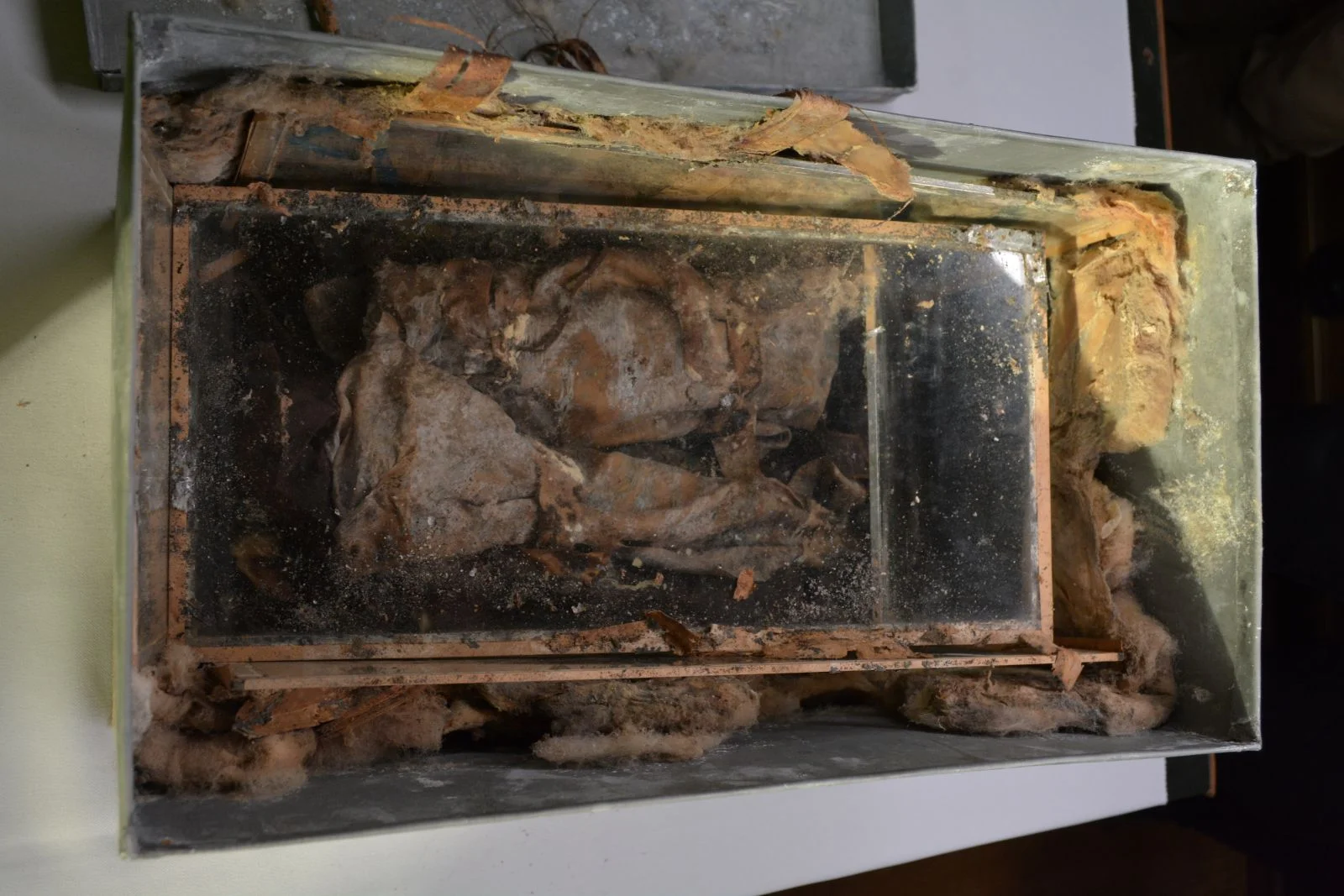
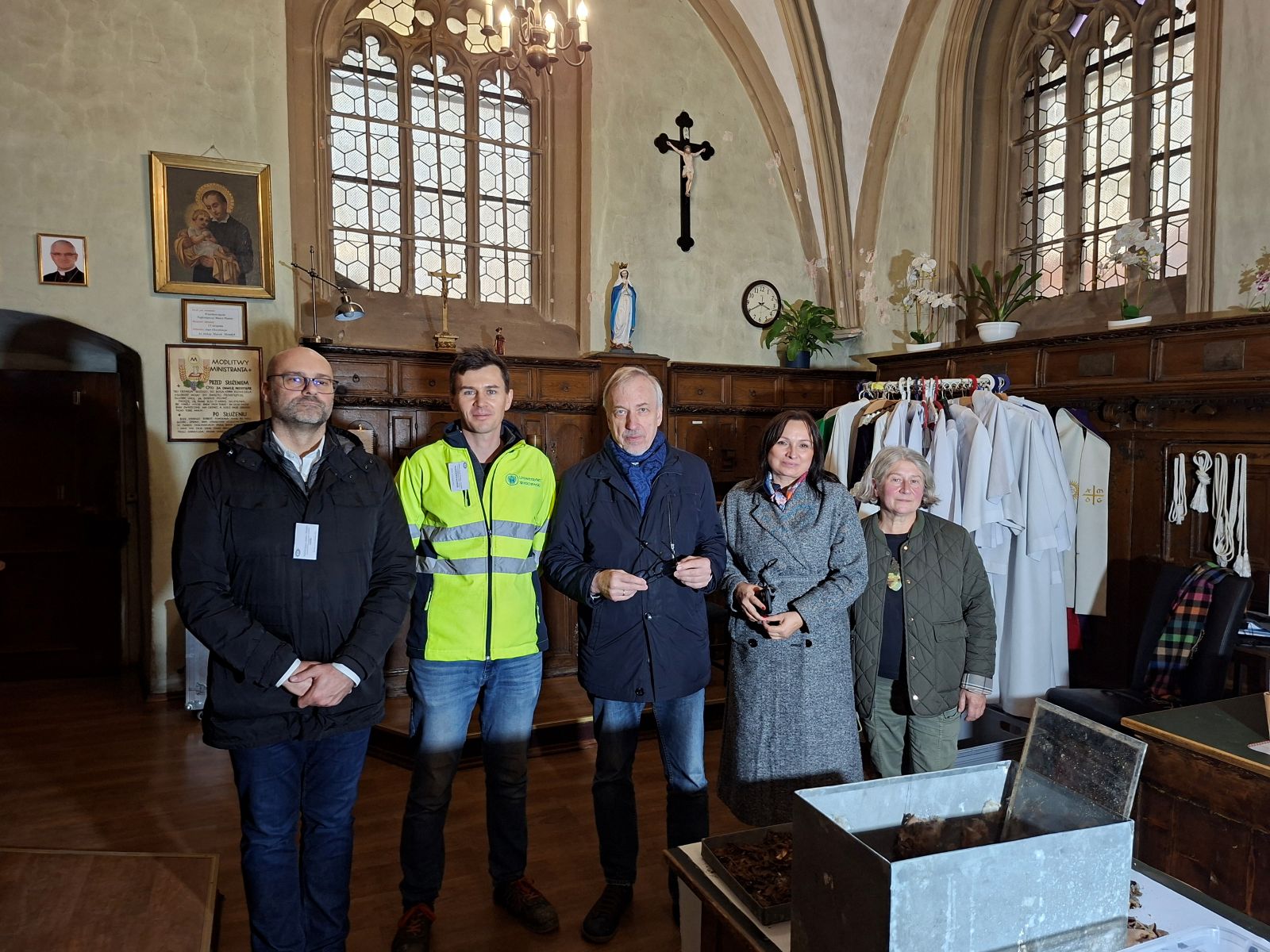
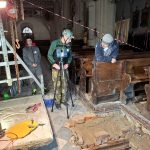



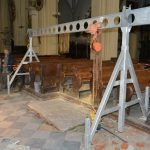

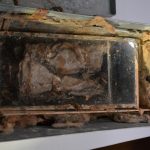
Date of publication: 20.11.2025
Added by: M.J.



